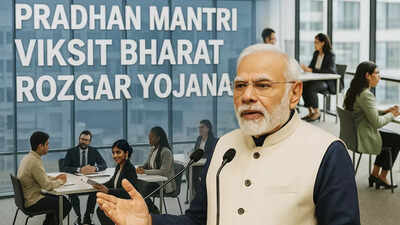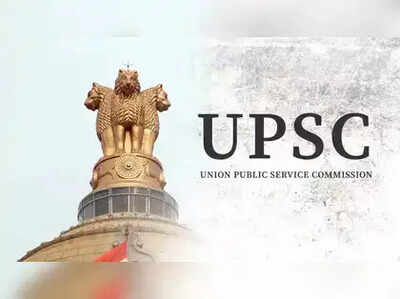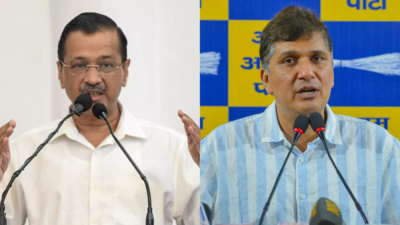
At a time when employment generation dominates both political discourse and household anxieties, the government has unveiled what could be one of its most ambitious labour market interventions yet, the Pradhan Mantri Viksit Bharat Rozgar Yojana (PM-VBRY) 2025. Announced by Prime Minister Narendra Modi during his Independence Day address, the ₹99,446 crore scheme is designed not merely as a temporary jobs push but as a structural reform to formalise employment, incentivise hiring, and prepare young workers for financial stability.Unlike earlier initiatives that targeted only fresh entrants, PM-VBRY adopts a two-pronged approach: providing direct monetary support to first-time employees entering the formal workforce, while simultaneously rewarding employers for expanding their staff strength. Its scope is vast—an estimated 3.5 crore new jobs in just two years, with nearly half expected to go to young Indians entering their first formal role.
A dual incentive model
Unlike earlier job schemes, PM-VBRY is designed to benefit both first-time employees and employers. While newcomers receive up to ₹15,000 in direct incentives, companies creating new jobs get ₹3,000 per month per employee for up to two years, with manufacturing units eligible for four years.
First-time workers get direct support
Students stepping into their first job can avail a ₹15,000 incentive split into two instalments—after six months of continuous work and again after one year, provided they complete a financial literacy programme. This aims to cushion the transition from studies to employment and instil early financial discipline.
Employers receive hiring subsidies
Employers expanding their workforce stand to gain substantially. By reducing payroll costs, the scheme nudges firms to hire more aggressively, particularly in labour-intensive sectors like manufacturing, retail, and logistics. The subsidy can lower the effective cost of new hires by 15–20%, encouraging job creation at scale.
Who qualifies and how
To be eligible, an employee must:
- Join between August 1, 2025 and July 31, 2027.
- Never have been a member of EPFO or any exempted trust before.
- Earn up to ₹1 lakh a month.
- Remain with the same employer for at least six months to receive the first instalment.
Employers must be EPFO-registered and demonstrate net job creation of at least two employees (if under 50 staff) or five employees (if above 50 staff).
Digital-first execution
Enrolment and benefit delivery are tightly integrated with digital platforms. Employees must generate a Universal Account Number (UAN) via their employer or using Face Authentication Technology on the UMANG App. Incentives will be transferred directly into Aadhaar-linked bank accounts through Direct Benefit Transfer (DBT).
Benefits beyond cash
For employees, the scheme offers more than just money:
- Entry into the formal workforce, ensuring social security cover.
- Financial literacy training, promoting long-term money management.
- Career stability, as incentives discourage premature job-hopping.
For employers, benefits include reduced hiring costs, improved retention rates, and encouragement to adopt robust social security measures.
Opportunities for existing professionals
Mid-level and senior professionals are not left untouched. With hiring subsidies driving company expansions, opportunities open up for promotions, leadership roles, and geographic flexibility—especially in Tier-2 and Tier-3 cities where firms may scale operations under this scheme.
Ripple effect on the economy
By incentivising large-scale recruitment, the scheme promises a multiplier effect—boosting demand in transport, housing, education, and consumer markets. The government also expects reduced attrition, lowering the recurring cost of rehiring and training, thereby making Indian firms more competitive.The data contextThe scheme arrives amid long-standing debates about “jobless growth.” Yet official surveys tell a different story:
- Unemployment (15+) dropped to 3.2% in 2023–24 (PLFS).
- Youth unemployment is 10.2%, below the global average.
- Formalisation is rising, with 1.29 crore new EPFO subscribers in 2024–25, double the figure from 2018–19.
- PM-VBRY is positioned to accelerate this momentum.
A demographic dividend at stake
With 65% of India’s population under 35, employment generation is more than an economic goal, it’s a national imperative. By linking incentives to both hiring and retention, the government hopes to transform youthful potential into productive power, while offering professionals a more dynamic, secure workplace culture.






